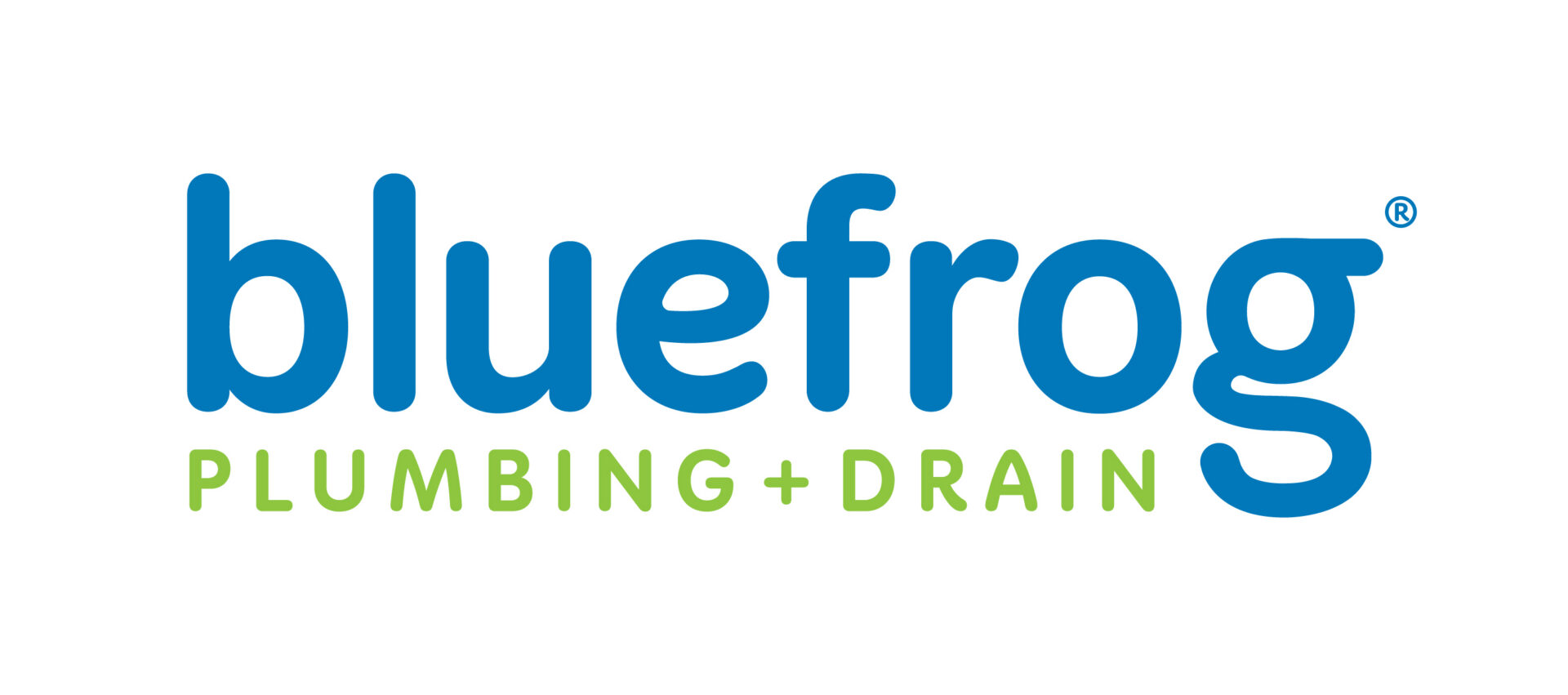Standing water after showers and musty smells often indicate bathtub clogs, which can disrupt your daily routine and damage your plumbing system and home. Simple household methods are often enough to clear buildup from drain lines, but more complex problems may require professional assistance.
What Causes Bathtub Backups?
Bathtub backups often develop gradually, starting with slower drainage and progressing to standing water or backups. Clogs in bathtub drains typically stem from everyday use and insufficient plumbing maintenance that allows materials to build up and block the pipes.
Here are some common causes of bathtub backups:
- Hair and soap scum buildup: Hair combines with soap residue, oils and dirt, which then clumps and sticks to the pipe walls. As this buildup grows, the pipe narrows, restricts water flow and increases the likelihood of clumps or objects blocking drainage altogether.
- Foreign objects: Jewelry, bath toys and other objects may accidentally fall down the drain and become stuck in the P-trap or branch line.
- Mineral deposits: In areas with hard water, minerals can gradually accumulate on your pipes and narrow the diameter.
- Damaged pipes: Excessive rust buildup or collapsed pipe sections may restrict or block water flow, leading to drainage problems in your bathtub or other fixtures.
What Problems Can a Clogged Bathtub Cause?
Although a clogged bathtub may seem like an isolated issue, it can trigger more significant problems that affect your comfort, health, and broader plumbing system. These include:
- Unpleasant odors from decomposing materials
- Pipe damage
- Water damage from backups and overflows
- Increased pest activity
How to Unclog a Bathtub
Homeowners can resolve minor clogs with common household items or plumbing tools, but deeper or more stubborn blockages may require professional plumber intervention.
The right method, whether a plunger or auger, depends on the nature, severity and location of the blockage.
Use a Plunger
Standard household plungers can dislodge clogs close to the drain opening. Unscrew the overflow drain cover and plug the opening with a wet rag. Add enough water to the tub to fully cover the plunger’s cup — this added pressure will make plunging more effective.
Center the plunger over the drain, ensuring the lip of the cup seals against the tub surface to maximize suction. Plunge the drain for about 30 seconds without breaking the plunger’s seal against the tub. Pull the plunger away to check if the water drains freely — if not, repeat this process several times.
Use Baking Soda and Vinegar
Baking soda and vinegar create a chemical reaction that dislodges minor buildup of grime, oil and other debris. Follow these steps:
- Pour half a cup of baking soda into the drain.
- Add a cup of white vinegar to the drain — you should hear a fizzing sound indicating the reaction.
- Cover the drain and let the mixture sit for about 15 minutes.
- Pour a pot of hot tap water down the drain to flush away loosened debris.
Flush With Boiling Water
Boiling water can sometimes melt oil-based blockages and restore flow. Simply boil a full kettle of water and slowly pour it down the drain. This method is suitable for heat-resistant pipes, such as copper and cast iron.
If your drainage lines are PVC, however, avoid using boiling water — high temperatures can warp the material and permanently damage the line. Instead, use hot tap water to flush the pipe.
Snake the Drain
A drain snake or auger reaches deeper into pipes to physically break up or remove blockages. Insert the tip of the snake into the drain, and turn the handle clockwise to feed it down the pipe.
When you feel resistance, tighten the set screw and continue turning — pull the snake out if you latch onto the blockage, or push the loosened blockage further down the line. Flush the line with hot water to clear residue and test the drain.
Call a Plumber
If the bathtub clog doesn’t respond to DIY methods or comes back, contact a plumber at bluefrog Plumbing and Drain. With specialized drain cameras, augers and cleaning methods, plumbers can pinpoint and remove the most stubborn blockages and offer recommendations to prevent future clogs. At bluefrog Plumbing and Drain, our go-to drain cleaner is frogflow®, the ultimate solution for stubborn clogs. It’s septic safe and environmentally friendly for the most effective result.
